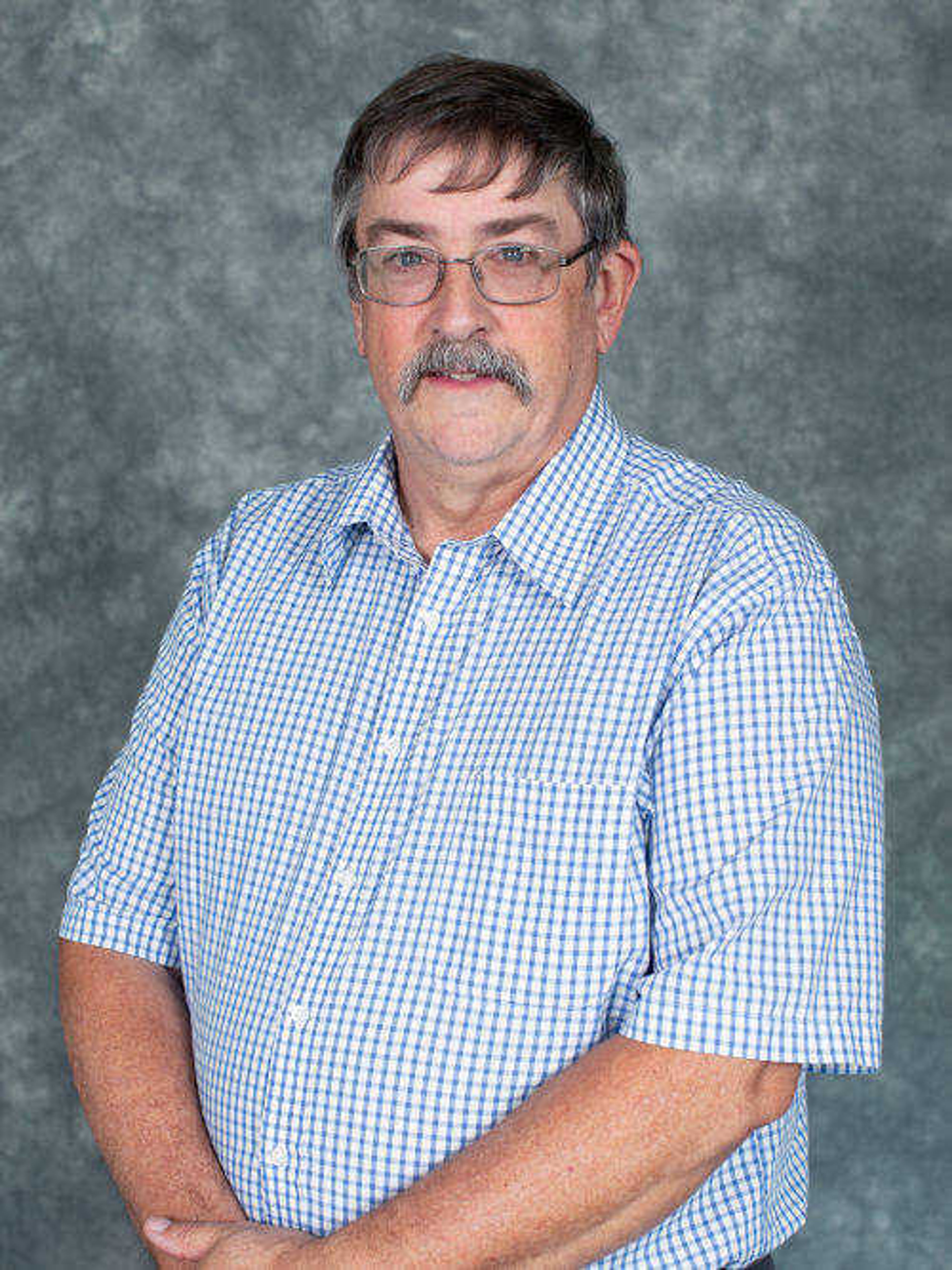The mystery of Sprigg Street
Among the mysteries of Cape Girardeau history is the naming of Sprigg Street. The assumption is the name comes from Jenifer T. Sprigg, an early resident, but the reason is unclear. A Maryland native, Sprigg was to follow the surveying profession for much of his lifetime. ...
Among the mysteries of Cape Girardeau history is the naming of Sprigg Street. The assumption is the name comes from Jenifer T. Sprigg, an early resident, but the reason is unclear.
A Maryland native, Sprigg was to follow the surveying profession for much of his lifetime. Sprigg first appears in Missouri in the role of deputy surveyor for the U. S. Land Office in 1817. Land in the Louisiana Purchase required survey using the U. S. Public Land system, and deputy surveyors undertook that task. Sprigg oversaw survey of much of the area as far west as present-day Howell County in Missouri, south to Pemiscot and Dunklin counties, and into parts of Arkansas in the period 1817-1830.
William Clark, Superintendent of Indian Affairs, hired Sprigg to survey the so-called "Half-Breed Reservation" in Iowa in 1832. This area, between the Des Moines and Mississippi rivers, was acquired by treaty with the Sauk and Fox and Ioway tribes by treaties on Aug. 4, 1824. Congress relinquished title to half-breed individuals of the Sauk and Fox in 1834, necessitating survey to allow land sales.
As did many of his contemporary surveyors, Sprigg participated in land speculation. This began when Sprigg purchased one land parcel south of Cape and several town lots in Cape Girardeau and Decatur. Surveyors often noticed desirable land during their work, and capitalized on ready access to the land office. Sprigg partnered with Thomas Moselly Jr., J.N. Copper and Medad Randol to purchase land north of Cape Girardeau and plat the town of Bainbridge in 1820. This was one of the "boom" towns laid out during the land fever of the time, before the Panic of 1819 turned the boom to a bust. Bainbridge remained a landing with a single warehouse for many years, operated a ferry at times, but otherwise never prospered as a town.
Sprigg lived in St. Louis in 1830, and continued surveying work on land parcels and road routes. He never married, and died in 1850.
So why did Sprigg merit having a Cape Girardeau street named for him? No record explicitly states why, and the city only advanced that far west by the late 1840s. The first mention of Sprigg Street is in an 1848 land deed, and it is marked as "Orleans or Sprigg Street" in an 1849 land plat.
A few years ago, a pocket book containing documents owned by John Rodney, also a surveyor, came to light when sold to a Kentucky man. He noticed "Cape Girardeau" in the book, contacted me, and provided the scanned contents. Fully 60% of the book is survey notes for an 1818 survey of Cape done by Jenifer T. Sprigg. Perhaps a plotting of the notes might reveal the first survey of what became Sprigg Street. Possibly city fathers felt they owed Sprigg recognition for his work to make land in the county and region available for sale to new settlers, and thus did so by naming a street for him.
Connect with the Southeast Missourian Newsroom:
For corrections to this story or other insights for the editor, click here. To submit a letter to the editor, click here. To learn about the Southeast Missourian’s AI Policy, click here.











